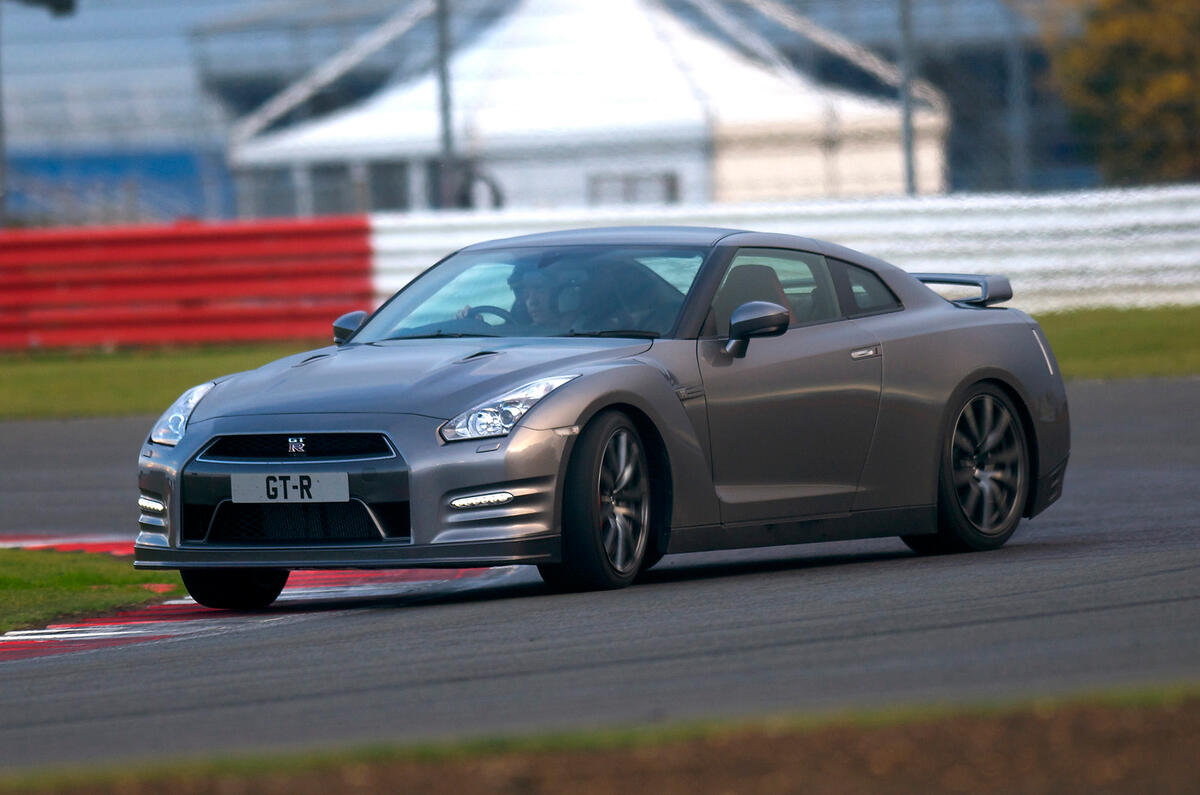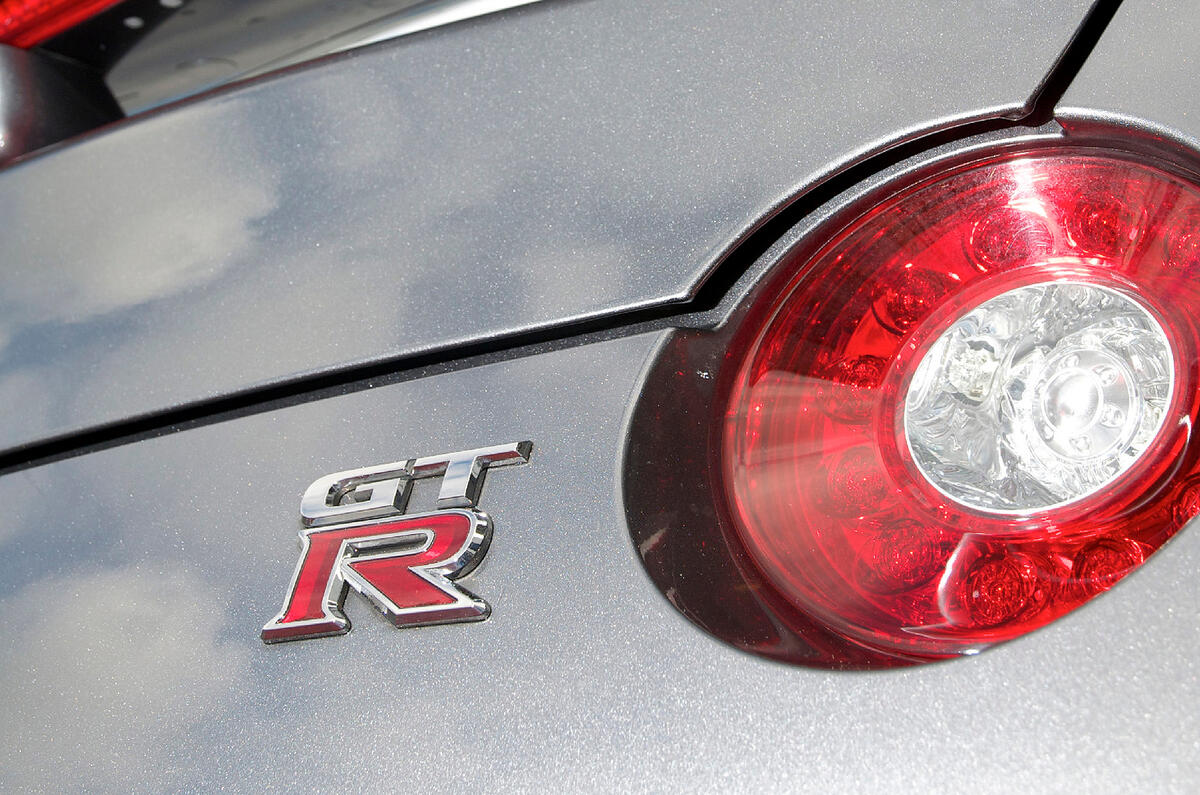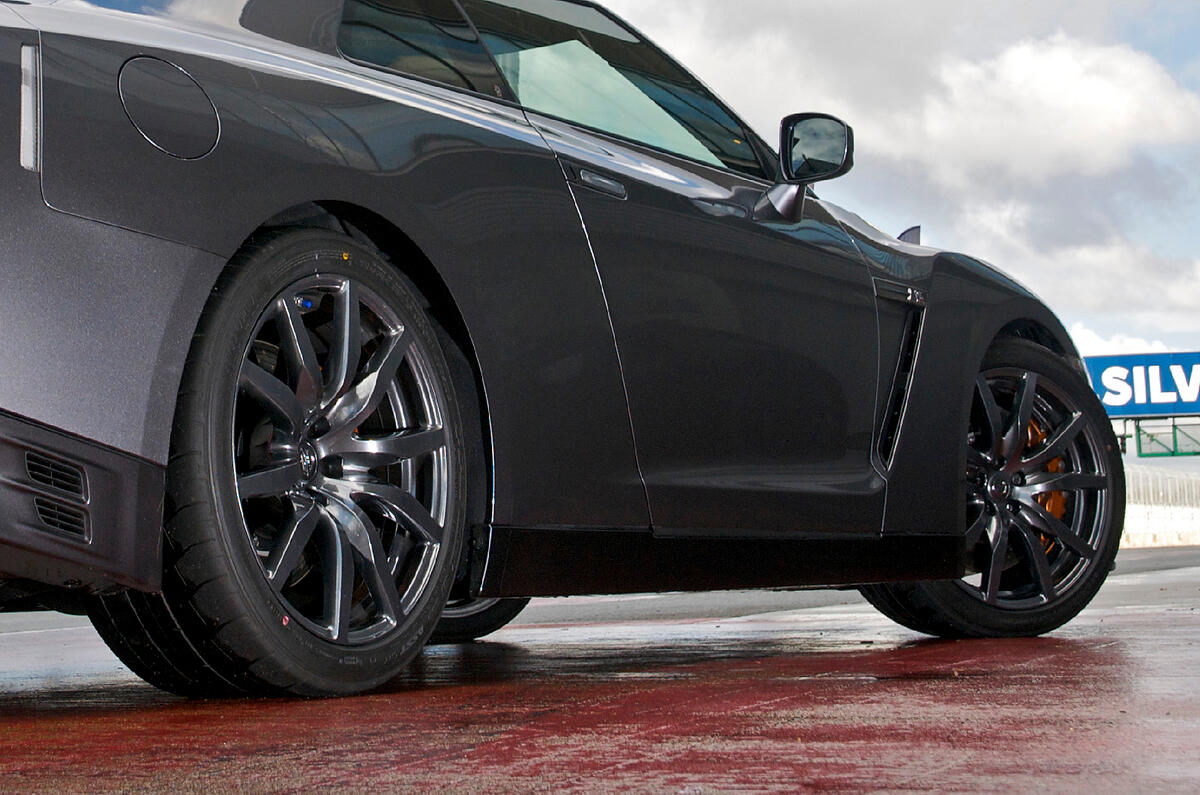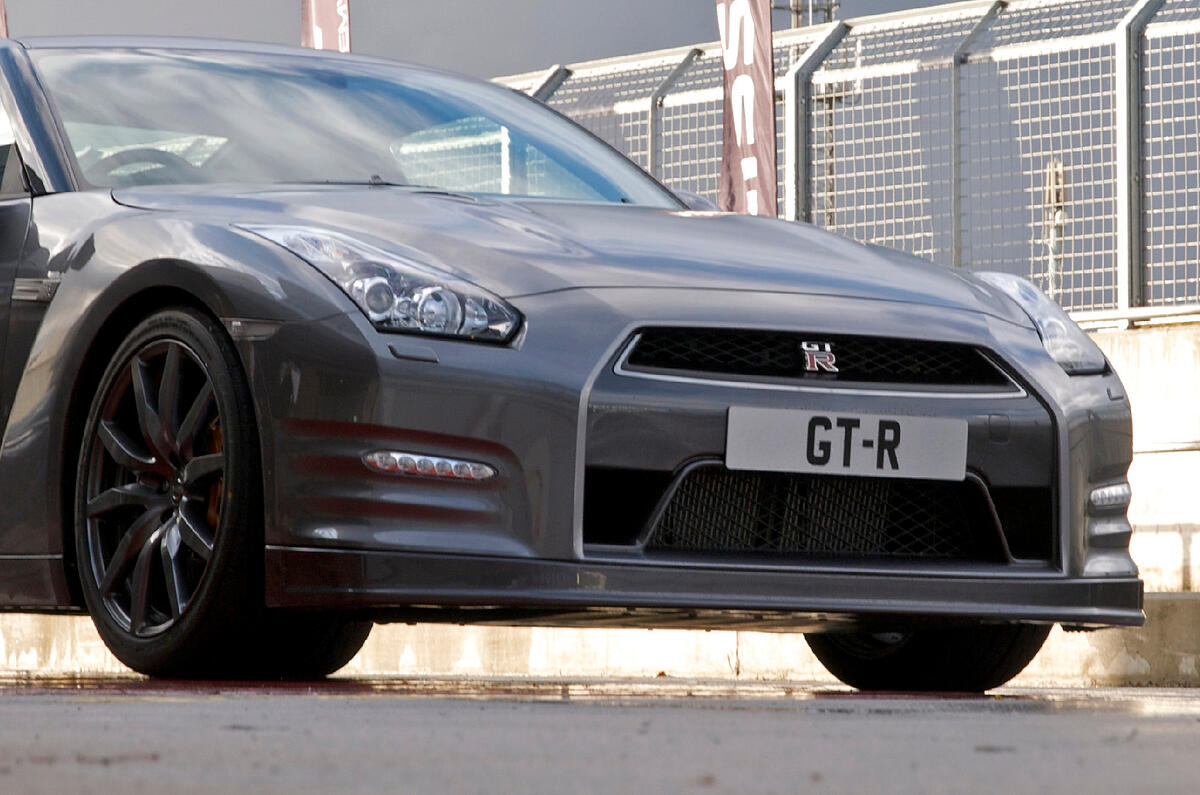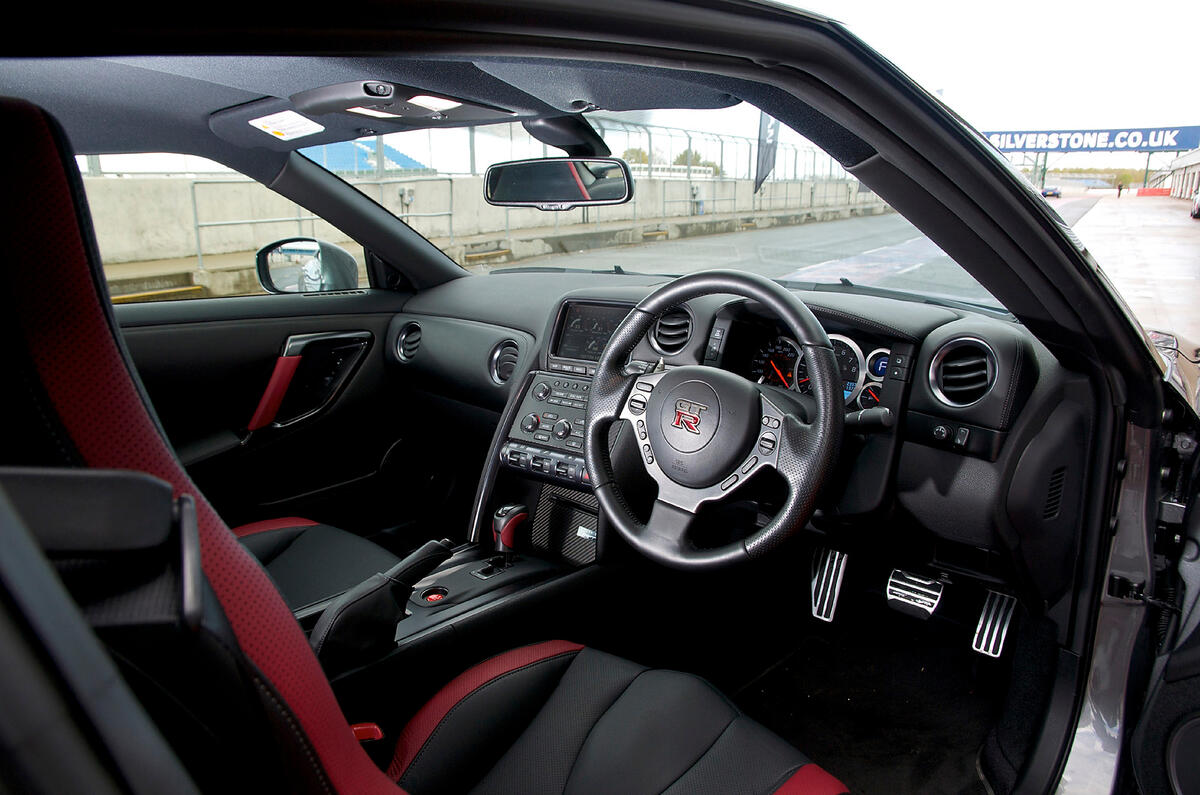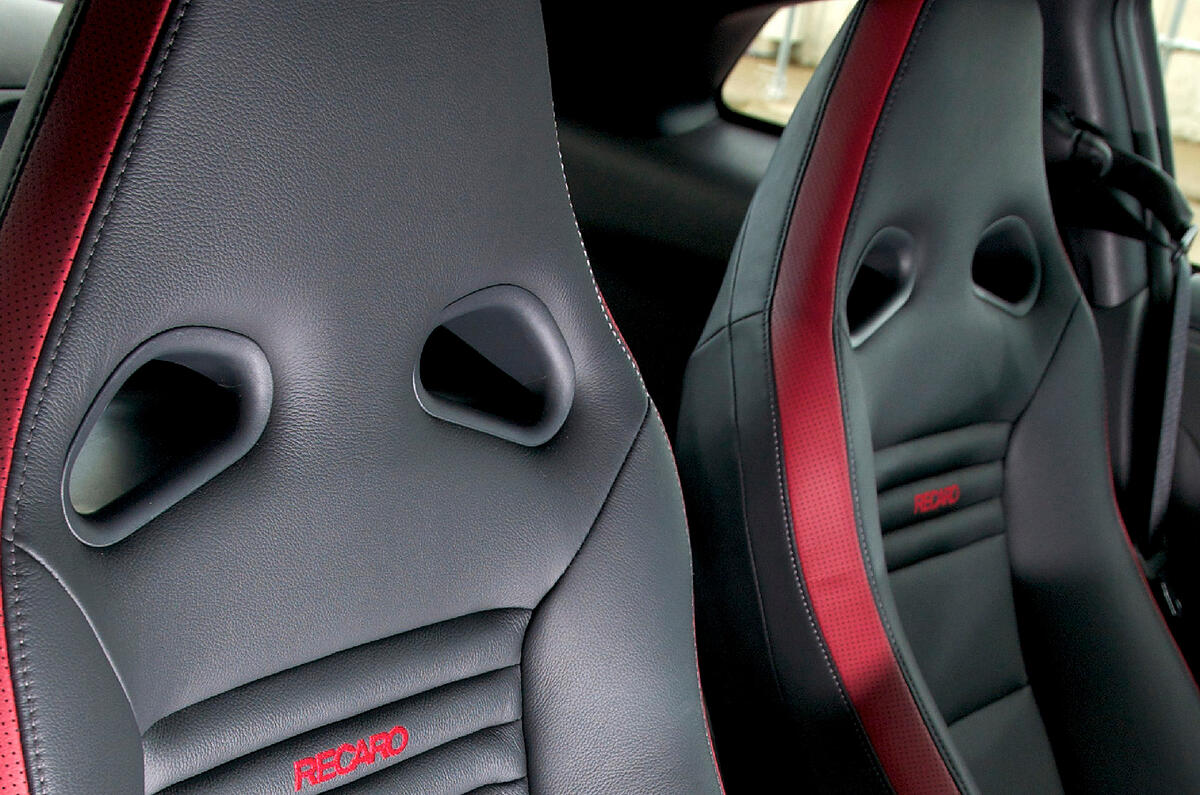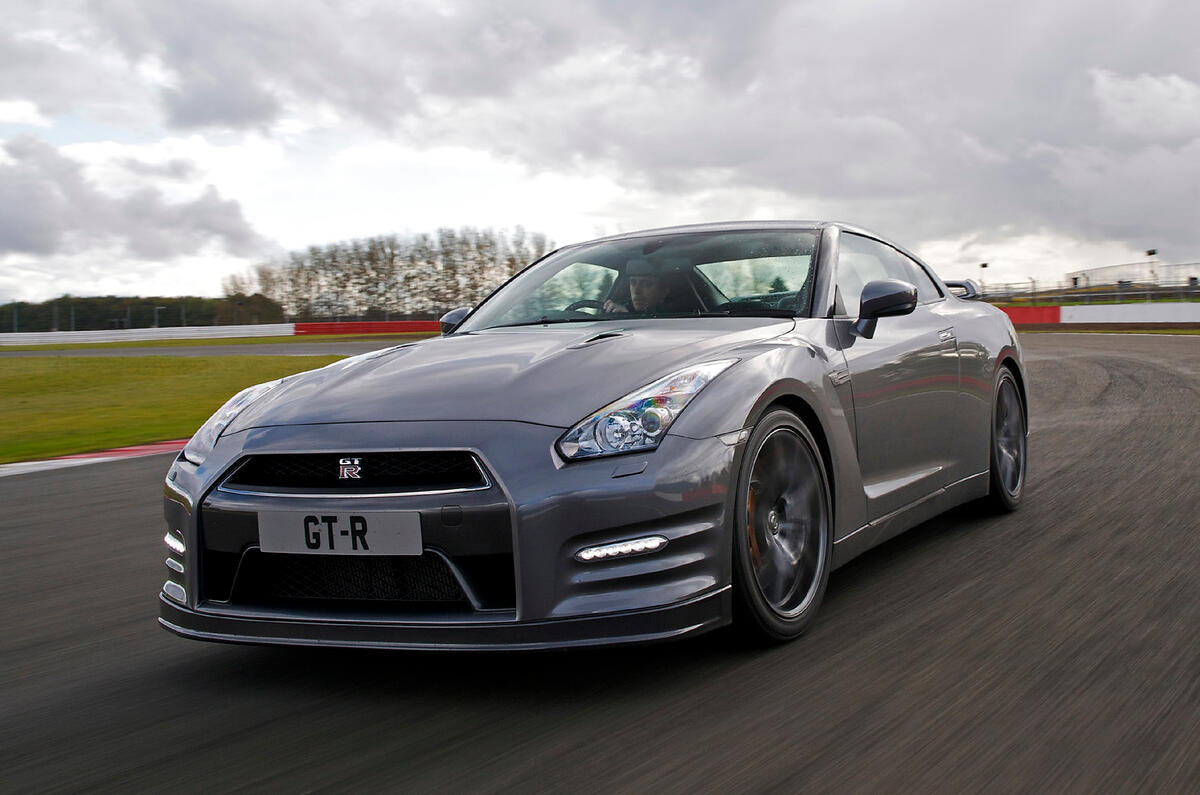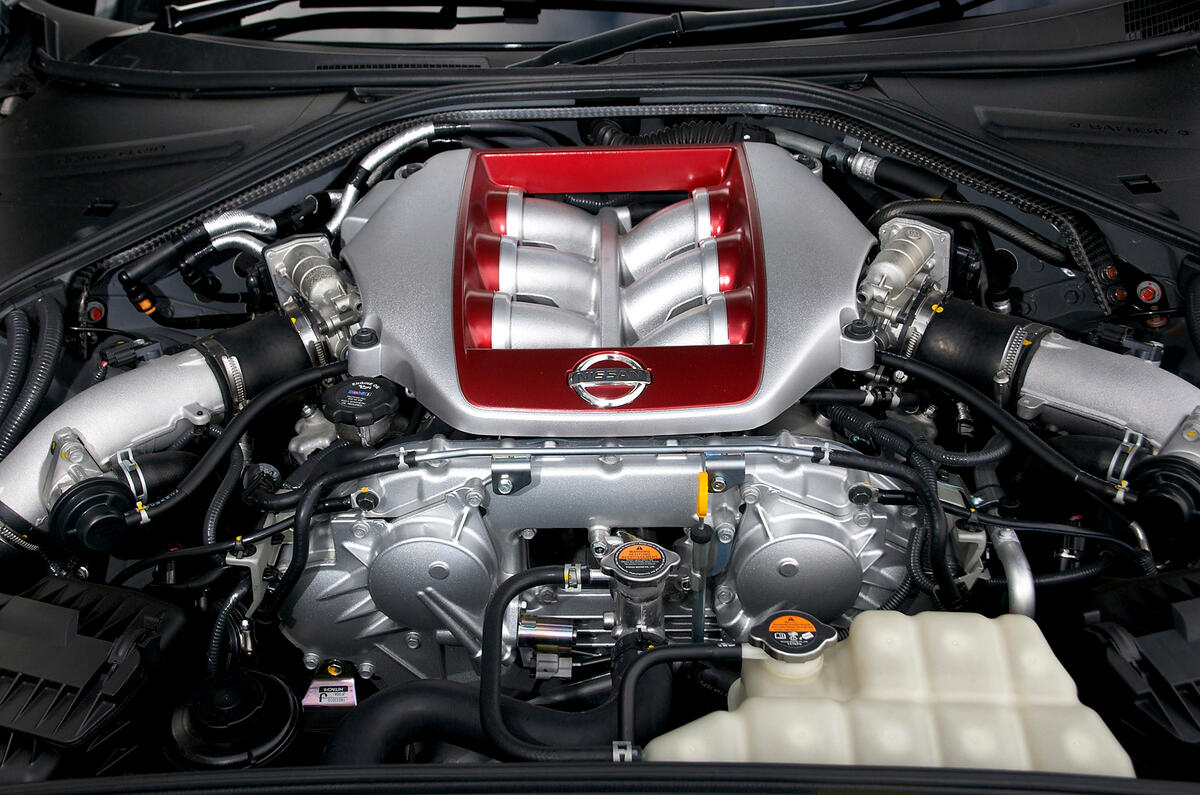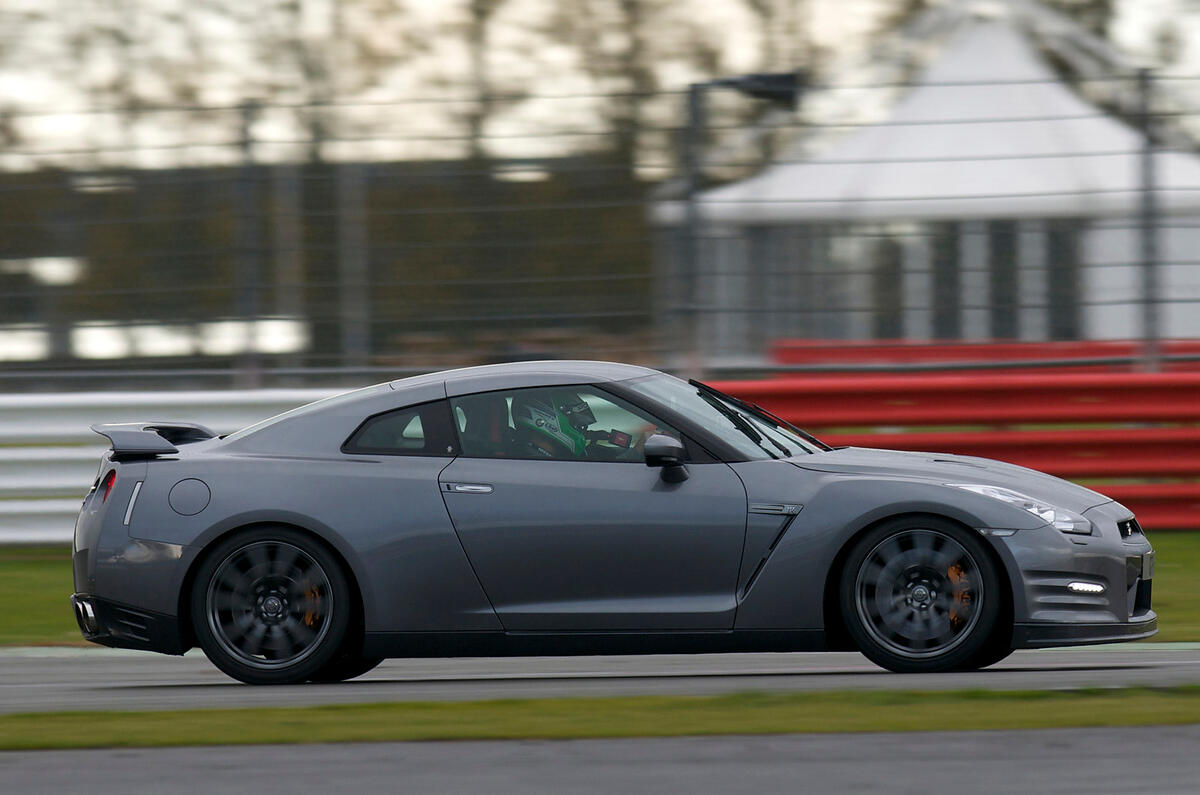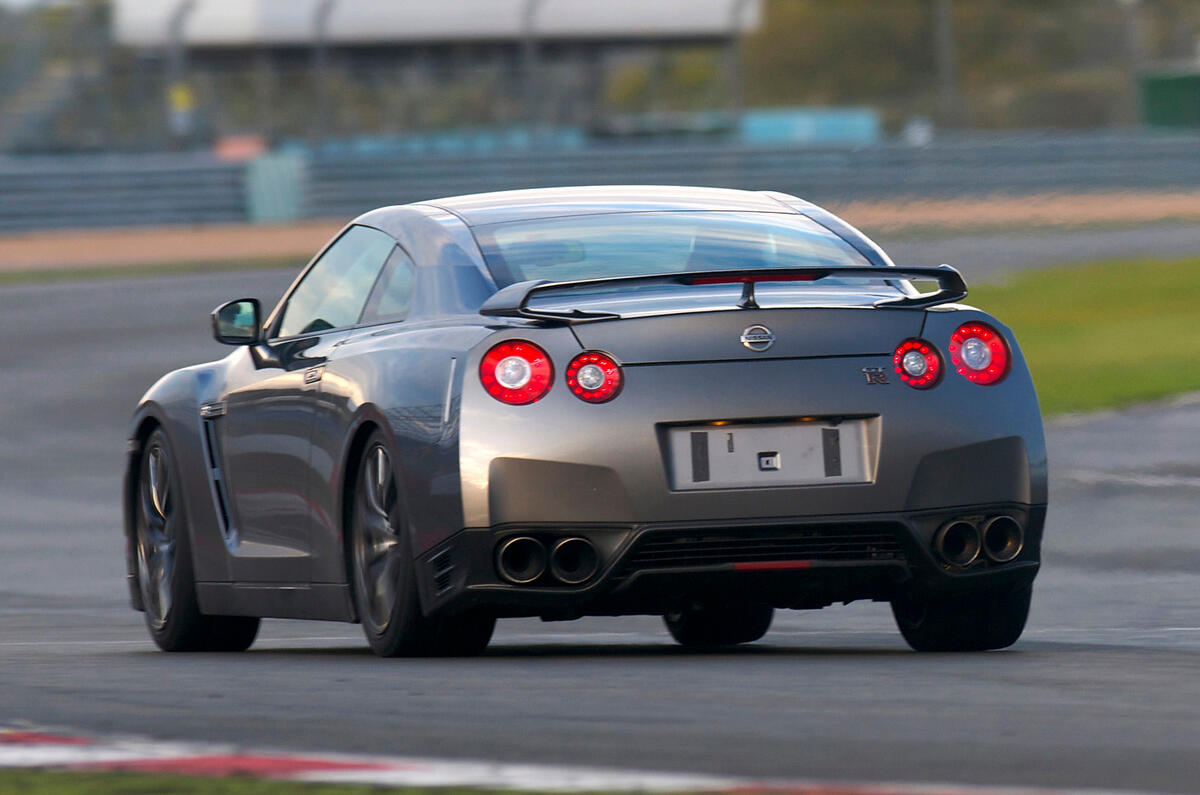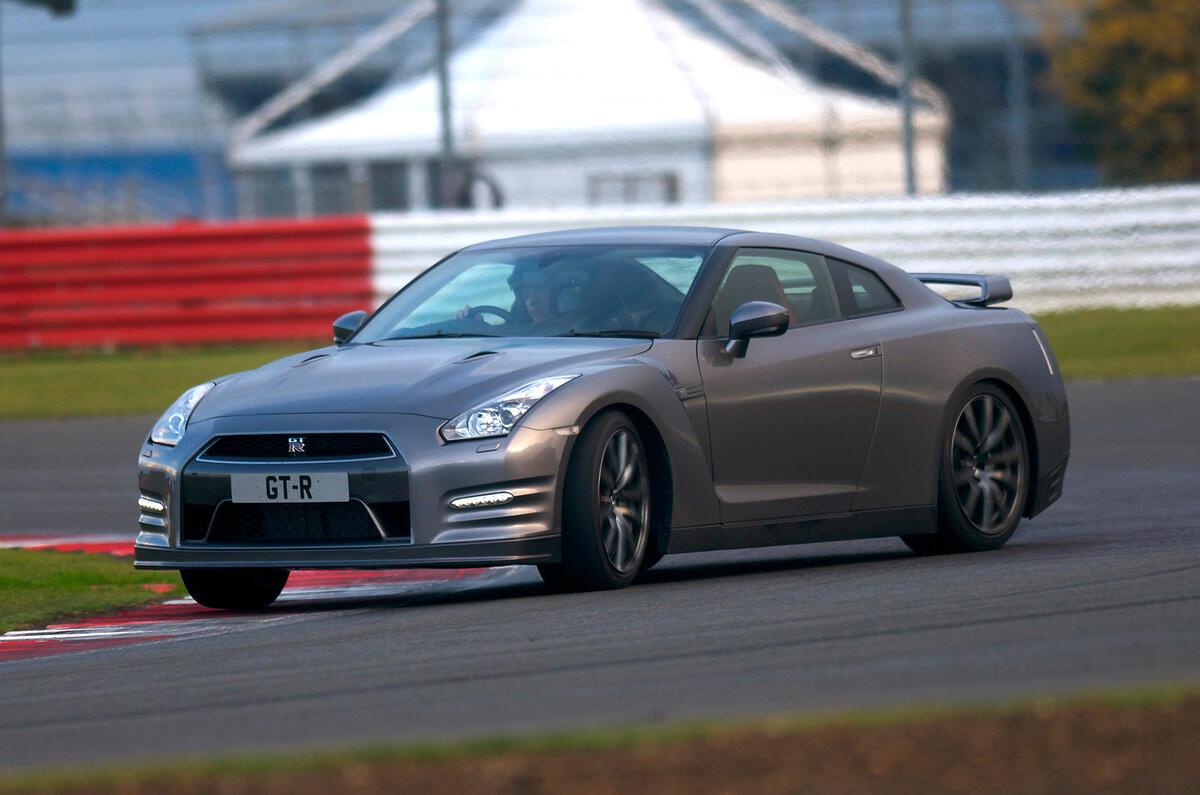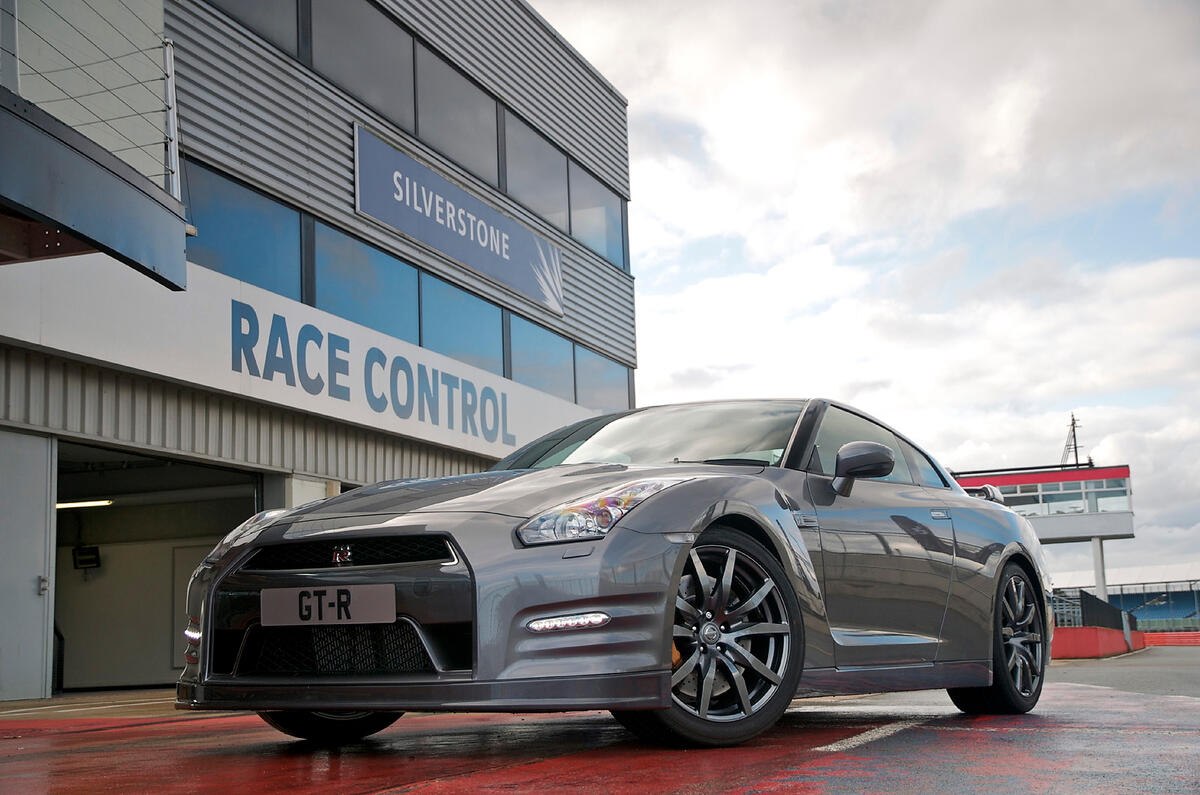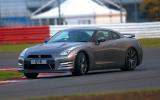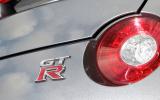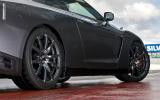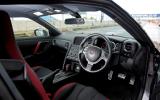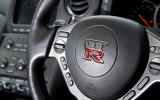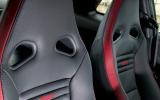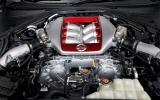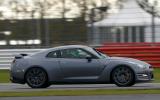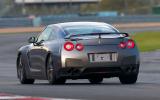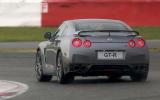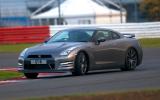The Nissan GT-R has a varied history. Although it has always had a strong following, some models to wear the GT-R badge haven’t always made the grade. But when Nissan do it well, they do it very, very well. Back in 1969, the 2.0-litre Skyline saloon was the first Nissan to wear a GT-R badge.
A coupé followed in 1971 and a replacement model, with production limited to 197 units, in 1973. And that was the end of the GT-R until a Skyline more like the one we know appeared in 1990, with a twin-turbo straight six.
Homologated to let Nissan go racing, the R32 was claimed to have 280bhp, as were the R33 (1994) and R34 (1999) successors. GT-R buyers in the UK should beware – there are plenty of imported GT-Rs floating around on the used market of greatly varying quality. We’d prefer to stick to the cars brought across by Nissan itself, and that’s what our test is based on.
When we tested the 473bhp grey-imported GT-R it caused quite a stir; it demolished pretty much every challenge we laid before it, including being crowned the winner of our annual Best Driver’s Car shootout. The official 523bhp version of the car turns the GT-R into a super supercar.
The GT-R has always had price on its side. It’s not a cheap car: it’s better value for money than cars that are seemingly as fast, and it can outperform cars of a similar price. Seems too good to be true. So is it?


